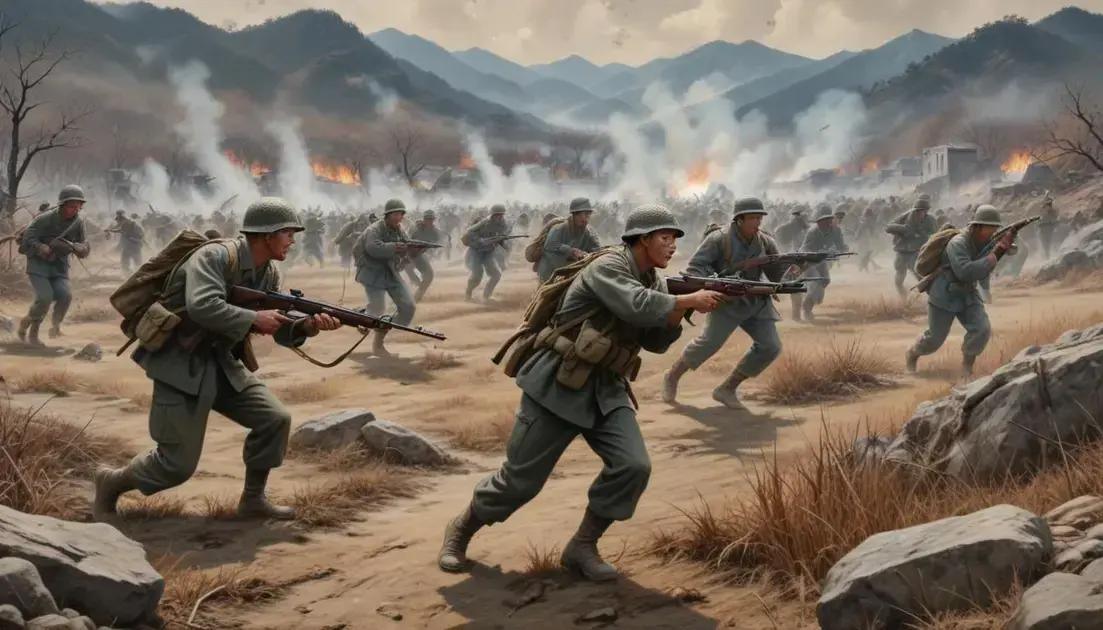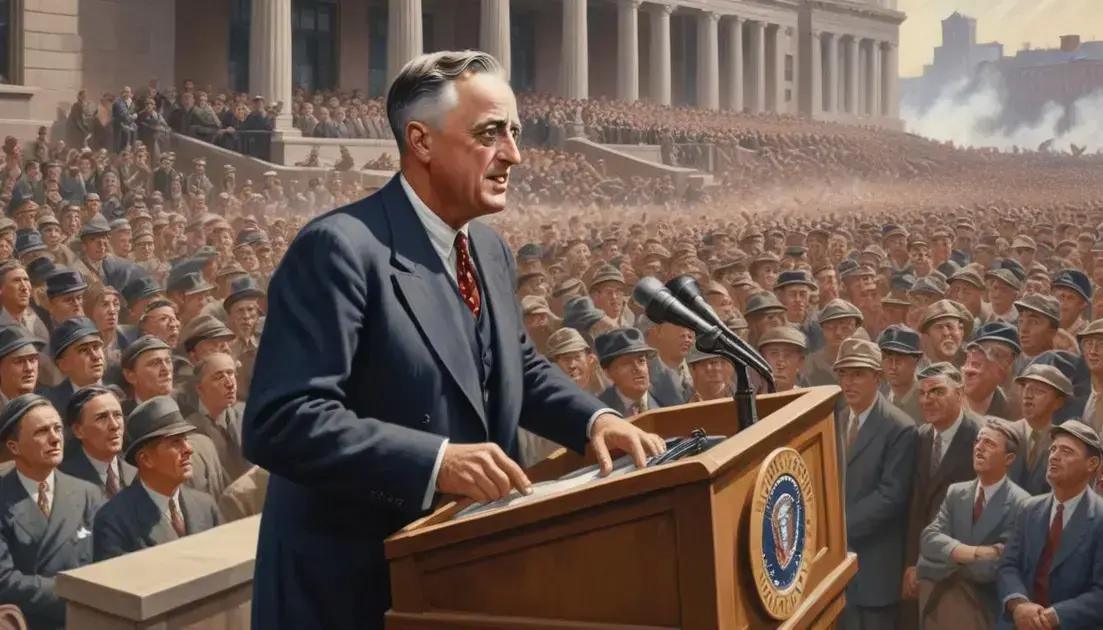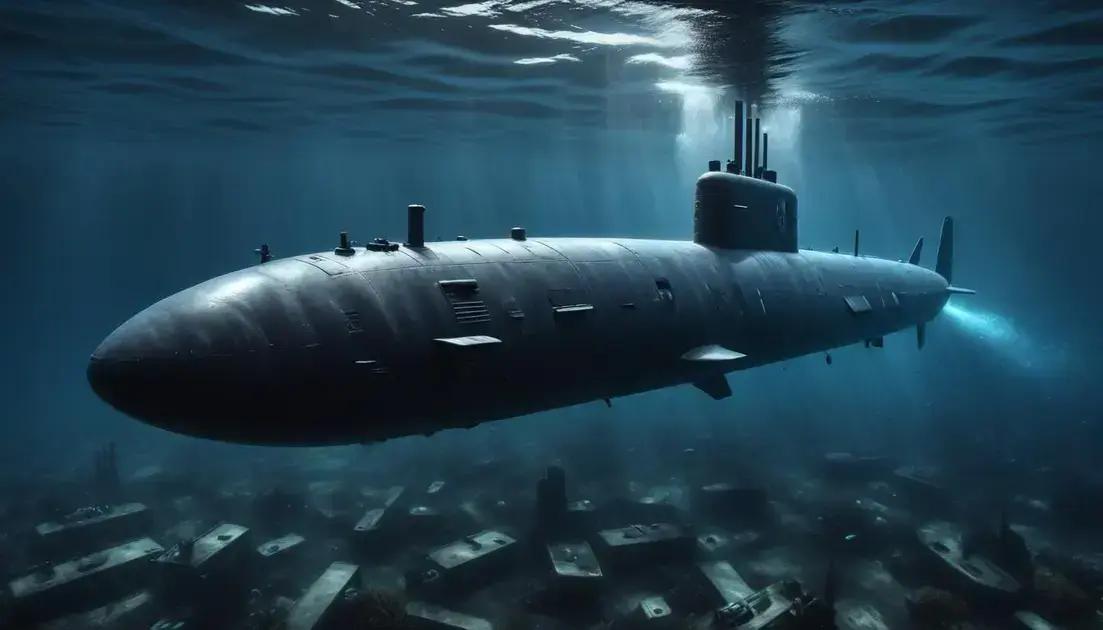
Korean War: The First Military Confrontation of the Cold War
The Korean War, a major conflict from 1950 to 1953, resulted from deep-rooted ideological differences between North and South Korea, fueled by the Cold War dynamics. It showcased significant battles such as Incheon and the intervention of international forces, notably the United States and China. The war left Korea divided, establishing ongoing tensions that still exist today, and influenced global politics by reinforcing U.S. anti-communism strategies. Understanding this conflict provides insight into contemporary issues on the Korean Peninsula and the lasting impacts of military engagements in global history.
The Korean War marked a critical juncture in global history, representing the first armed conflict of the Cold War. It’s a tale of two Koreas, each vying for dominance in a bid that shaped international relations for decades.
Background of the Korean War
The Korean War started in 1950, but its roots trace back to the end of World War II. After Japan’s defeat, Korea was divided into two zones. The North, supported by the Soviet Union, became a communist state. The South, backed by the United States, embraced capitalism.
In 1945, Korea was split at the 38th parallel, creating North and South Korea. Each side had different governments and ideologies. Tensions grew as both sides wanted to unify Korea under their own rule. The political climate in Asia played a big role, with the Cold War brewing.
Incidents along the border raised alarms. In June 1950, North Korean forces crossed the 38th parallel, launching a surprise attack. This bold move shocked the world and marked the beginning of the war. The invasion was the first military action of the Cold War.
As fighting escalated, the United Nations stepped in, supporting South Korea. Many countries sent troops, including the United States. The war was not just a regional conflict; it drew global attention and involvement.
Civilians faced great hardship, with millions displaced or affected by the fighting. The war devastated Korea, but also set the stage for future conflicts in the region. Understanding this background is key to grasping the war’s complexity and its lasting impact.
Causes of the Conflict
The Korean War didn’t just start overnight. Several causes led to this major conflict. The main cause was the division of Korea after World War II. The North and South had very different governments and ideologies. This created tension right from the start.
Another cause was the Cold War, a struggle between the United States and the Soviet Union. Each side wanted to expand their influence. They supported different regimes in Korea, which fueled the desire for conflict.
Internal politics also played a role. North Korea, led by Kim Il-sung, aimed to unify Korea under communism. He wanted to spread his beliefs and saw an opportunity to act. The South, backed by the U.S., aimed to stop communism from spreading.
Border skirmishes increased the tension. These small battles ignited fears of a larger war. Both sides blamed each other for the violence. The situation grew worse, and by June 25, 1950, North Korea launched a full invasion.
This invasion was a key moment. It marked the start of open conflict and drew in international forces. The causes of this war are complex, involving politics, ideology, and power struggles.
Key Battles and Events
The Korean War had many key battles and events that shaped its course. One of the first major battles was at the Battle of Osan in July 1950. Here, U.S. forces faced a surprise attack from North Korean troops. This battle highlighted the North’s strength and forced a quick retreat.
Another significant event was the Incheon Landing in September 1950. Led by General Douglas MacArthur, UN forces launched a surprise attack. This maneuver turned the tide of the war. It allowed UN troops to recapture Seoul, the capital of South Korea.
The Battle of Pusan Perimeter followed and was crucial for South Korean forces. They held off North Korean advances and established a defensive line. This battle showcased the determination of UN forces to protect South Korea.
As the war continued, the Chinese intervention in late 1950 was a game-changer. Chinese troops entered the war, pushing back UN forces. This led to a bloody winter battle, known as the Battle of Chosin Reservoir. Many soldiers faced harsh conditions and fought bravely.
Other important battles included the Battle of Pork Chop Hill and the constant fighting over the 38th parallel. Each battle contributed to the high costs and lasting consequences of the war. Understanding these key events helps in grasping the conflict’s complexity and its effects on Korean history.
International Response
The Korean War drew a significant international response, marking a key moment in global politics. When North Korea invaded South Korea, the United Nations quickly intervened. The UN called for troops to defend South Korea. Many countries, including the United States, answered this call.
The U.S. played a leading role, sending ground troops and military support. President Truman felt it was vital to stop communism from spreading. This action was part of the broader Cold War strategy.
Other countries, such as the United Kingdom, Canada, and Australia, also contributed forces. These nations aimed to uphold collective security and support South Korea. Altogether, 16 nations sent troops under the UN flag.
On the other side, North Korea received aid from China and the Soviet Union. These countries provided troops, equipment, and air support. Their involvement escalated the war, making it a key Cold War conflict.
The war sparked debates around the world. Some viewed it as a struggle between democracy and communism. Others worried about the growing influence of superpowers in regional conflicts. The international response shaped not just the war, but future relations in Asia and beyond.
Legacy and Impact
The Korean War left a lasting legacy that still matters today. It not only shaped Korea but also changed global politics. After the war, Korea remained divided into two separate nations: North and South Korea. This division created tensions that continue to this day.
The war also influenced U.S. foreign policy. The United States adopted a stronger stance against communism. It marked a commitment to defend allies in Asia and beyond. This policy shaped many conflicts in the following decades.
Moreover, the Korean War prompted military advancements. New tactics and technologies emerged during the conflict. These changes influenced subsequent wars, including Vietnam and later conflicts in the Middle East.
The war’s impact on civilians was profound. Millions were affected by the fighting, with immense loss of life. Families were torn apart, and cities were destroyed. Even today, families remain divided across the Korean Peninsula.
In addition, the Korean War played a role in the Cold War dynamics. It showed the world that superpowers could get involved in local conflicts. This understanding still shapes international relations, making the war a pivotal moment in history.
Conclusion
In conclusion, the Korean War was a pivotal moment in history that shaped not just Korea, but the entire world. This conflict highlighted the struggles between different ideologies and the impact of international involvement.
It left Korea divided, creating lasting tensions that still impact relations today. The lessons learned from this war are important for understanding today’s global politics. Moreover, the war influenced military strategies and policies in many countries.
As we reflect on the conflict, it’s clear that the legacy of the Korean War continues to evolve. By acknowledging its impact, we gain insights into how past events shape our present and future. Understanding history helps us navigate the challenges of today, making it essential to remember and learn from these events.


